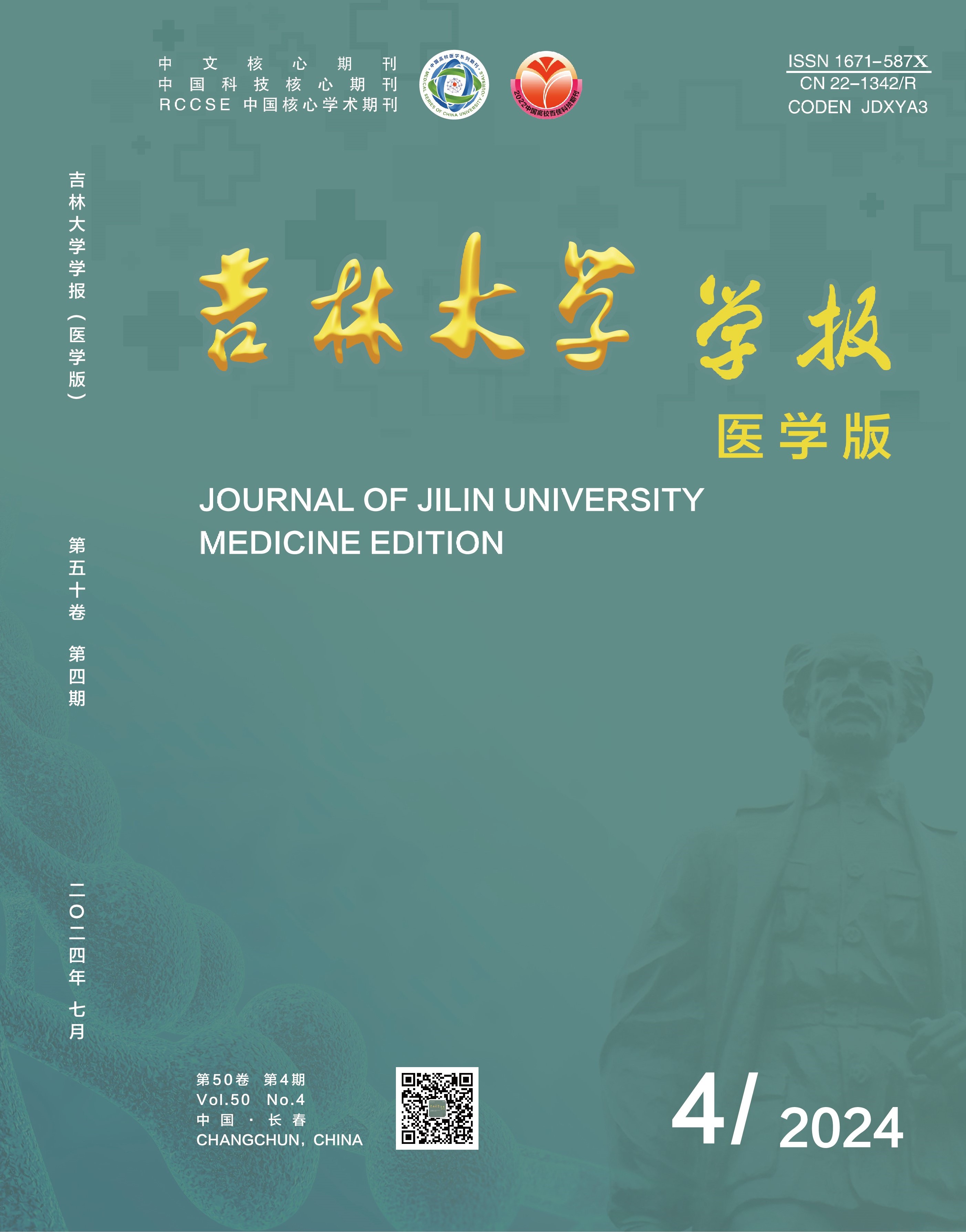|
|
DNA damage of HT22 mouse hippocampal neuronal cells induced by sevoflurane and its mechanism
WANG Xuedong, WANG Yingying, LIU Suoning, WANG Jing, LIU Haopeng, LIU Nan, PEI Aiyue, QIN Jing, FENG Chunsheng, PIAO Meihua
Journal of Jilin University(Medicine Edition). 2020, 46 (02):
240-247.
DOI: 10.13481/j.1671-587x.20200206
Objective: To observe the DNA damage of HT22 mouse hippocampal neuronal cells induced by inhaled anesthetic sevoflurane, and to clarify the possible mechanism of neurotoxicity induced by sevoflurane. Methods: The HT22 mouse hippocampal neuronal cells were randomly divided into blank control group, 2% sevoflurane groups (2%Sevo 6 h group, 2%Sevo 12 h group, 2%Sevo 24 h group), 4% sevoflurane groups (4%Sevo 6 h group, 4%Sevo 12 h group, 4%Sevo 24 h group) and 8% sevoflurane groups (8%Sevo 6 h group,8%Sevo 12 h group, 8%Sevo 24 h group).The survival rates and the mortalities of HT22 mouse hippocampal neuronal cells in various groups were measured by MTT method and LDH methods,respectively.According to the experiment results, the cells were divided into normal saline group, normal saline +4%Sevo 12 h group, normal saline+8%Sevo 12 h group, NAC group, NAC+4%Sevo 12 h group,and NAC+8%Sevo 12 h group.MTT method and LDH method were used to detect the survival rates and the mortalities of HT22 mouse hippocampal neuronal cells in various groups after NAC pretreatment; single cell gel electrophoresis was used to detect the DNA double-strand breaks in the HT22 mouse hippocampal neuronal cells in various groups; Western blotting method was used to detect the expression amounts of 8-OHdG, ATM, p-ATM, and γ-H2AX in the HT22 mouse hippocampal neuronal cells in various groups. DCFH-DA method was used to detect the levels of reactive oxygen species (ROS) in the HT22 mouse hippocampal neuronal cells in various groups. Results: Compared with blank control group, there were no significant differences in the survival rates and the mortalities of HT22 mouse hippocampal neuronal cells in 2% Sevo groups (P>0.05); the survival rates of HT22 mouse hippocampal neuronal cells in 4%Sevo groups and 8%Sevo groups were significantly decreased (P<0.01), and the mortalities were significantly increased (P<0.01). Compared with 4% Sevo groups, the survival rates of HT22 mouse hippocampal neuronal cells in 8% Sevo groups at the same time were decreased (P<0.05), and the mortalities were increased (P<0.05).Compared with 4% Sevo 6 h group, the survival rates of HT22 mouse hippocampal neuronal cells in 4% Sevo 12 h group and 4% Sevo 24 h group were decreased (P<0.05), and the mortalities were increased (P<0.05). The survival rate of HT22 mouse hippocampal neuronal cells in 4% Sevo 24 h group was lower than that in 4% Sevo 12 h group (P<0.05), and the mortality was higher (P<0.05).Compared with 8%Sevo 6 h group,the survival rates of HT22 mouse hippocampal neuronal cells in 8% Sevo 12 h group and 8% Sevo 24 h group were decreased (P<0.05),and the mortalities were increased (P<0.05); the survival rate of HT22 mouse hippocampal neuronal cells in 8%Sevo 24 h group was lower than that in 8%Sevo 12 h group (P<0.05), and the mortality was higher (P<0.05). Compared with normal saline group, the amounts of DNA double-strand breaks in the HT22 mouse hippocampal neuronal cells in normal saline + 4% Sevo 12 h group and normal saline + 8% Sevo 12 h group were increassed, the expression amounts of DNA damage-related proteins 8-OHdG, ATM, p-ATM, and γ-H2AX were increased, and the ROS levels were increased (P<0.05). Compared with normal saline + 4% Sevo 12 h group, the survival rate of hippocampal neurons of the HT22 mice in NAC + 4% Sevo 12 h group was increased (P<0.01), the mortality was reduced (P<0.01), the amount of DNA double-strand breaks in the hippocampal neuronal cells was reduced, the expression amount of DNA damage-related proteins 8-OHdG, ATM, p-ATM, γ-H2AX were decreased, and the ROS level in the hippocampal neuronal cells was significantly reduced (P<0.05). Compared with normal saline + 8% Sevo 12 h group, the survival rate of HT22 mouse hippocampal neuronal cells in NAC + 8% Sevo 12 h group was increased (P<0.01), the mortality was decreased (P<0.01), and the amount of DNA double-strand breaks in the hippocampal neuronal cells was reduced, the expression amounts of DNA damage-related proteins 8-OHdG, ATM, p-ATM,and γ-H2AX were decreased, and the ROS level in hippocampal neuronal cells was significantly reduced (P<0.05). Conclusion: Sevoflurane could cause the death of HT22 mouse hippocampal neuronal cells by inducing DNA damage,and its mechanism may be related to the intracellular ROS accumulation induced by sevoflurane.
References |
Related Articles |
Metrics
|

 Table of Content
Table of Content
 Guide to Authors
Guide to Authors


